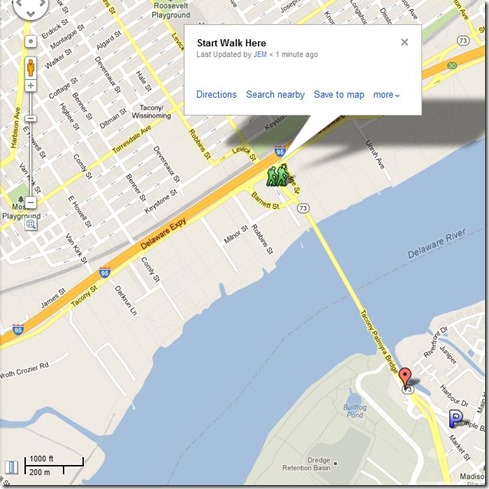Final Assessment Analysis
Some of you may wish to know how the class performed on the final Take Home Assessment. Here are some comments
The Process
- I graded all the essay questions myself – everyone was careful and received full credit
- I reviewed the “item analysis” provided by BbLearn to see if there were questions which caused problems because they were poorly written or possibly required material that was presented in class.
- As a result of that review I decided to add 5 points to each person’s score for the entire class to make allowance for possible lack of clarity, although I found no questions that I felt were wrongly stated.
- The result of this increase in the exam is reflected in the column – CAEE-201 TakeHomeAdj
Some comments on questions where there were difficulties.
- Learning after Graduation – It’s almost certain that you’re going to need to go on learning throughout your career as an engineer. Many of you chose answers that indicated your thought there wouldn’t be much later learning.
- Heat Transfer Calculation – this was the same basic question as in Lab #1
- Nested IF Function – This was admittedly a difficult question, but it was directly based on the hydrology lab. Learning to use this kind of logic will almost certainly be beneficial in your engineering career.
- Gas Concentrations – A key result of the IAQ lab was that you cannot have all things – low ozone and low CO2 merely by ventilating.
- Revit Type – Revit is BIM software. When I Googled the word Revit the first entry stated that as I did in class.
- EER – EER is a ratio of BTU/Watt-Hour – It’s a measure of efficiency of an air conditioning system. it is NOT dimensionless as it is used.
- Kinetic Energy Calculation – The trick here was to refer to Prof. Dasaro’s lab, where the weight had to be converted into mass to perform the calculation.
- Member Weight Calculation – It’s surprising that so many had difficulty with this one. You needed to calculate the volume and multiply by the density, being sure to watch the units of volume to work in either in^3 or ft^3.
Short Essay on Best and Worst Aspect of CAEE-201
All of you were very specific and wrote clearly. As in past there were comments on many aspects of the course. Only two people out of 74 chose to focus primarily on the negative aspects – everyone else focused on the positive ones, sometimes with a negative comment as well. Here are some key ones:
- Most Positive Aspects – In order by number of comments Received
- Variety of lectures & Labs & Speakers (41 mentions jointly)
- Site Visits – Tacony-Palmyra Bridge & DAC (36 mentions total
- Discussions (19 mentions total)
- Clarifying your major focus, including graduate study (11 mentions total)
- Overall structure of course and TA and Prof. help (6 mentions total)
- A miscellany of specific issues with only a single or perhaps two people commenting
- Worst Aspects – the total was only about 10% of the number of positive and not nearly so emphatic
- A variety of comments about the labs and grading (18 mentions total)
- I take these seriously and will work to improve the clarity of the lab instructions next time and to see if there’s a way to give more helpful feedback.
- Discussions – 6 mentions) far fewer than made positive comments
- A miscellany of specific issues with only a single or perhaps two people commenting.
- A variety of comments about the labs and grading (18 mentions total)
- Suggestions I will try to Implement in future classes.
- Expanding things for which you can get extra credit – e.g. site visits, non-class lectures etc.
- Putting TA’s Powerpoints online. I did some of this but will do more. I’ll also push the TA’s to write up a post with general comments after each lab.
- Provide more guidance on the structure of a lab report, particularly the memo.



